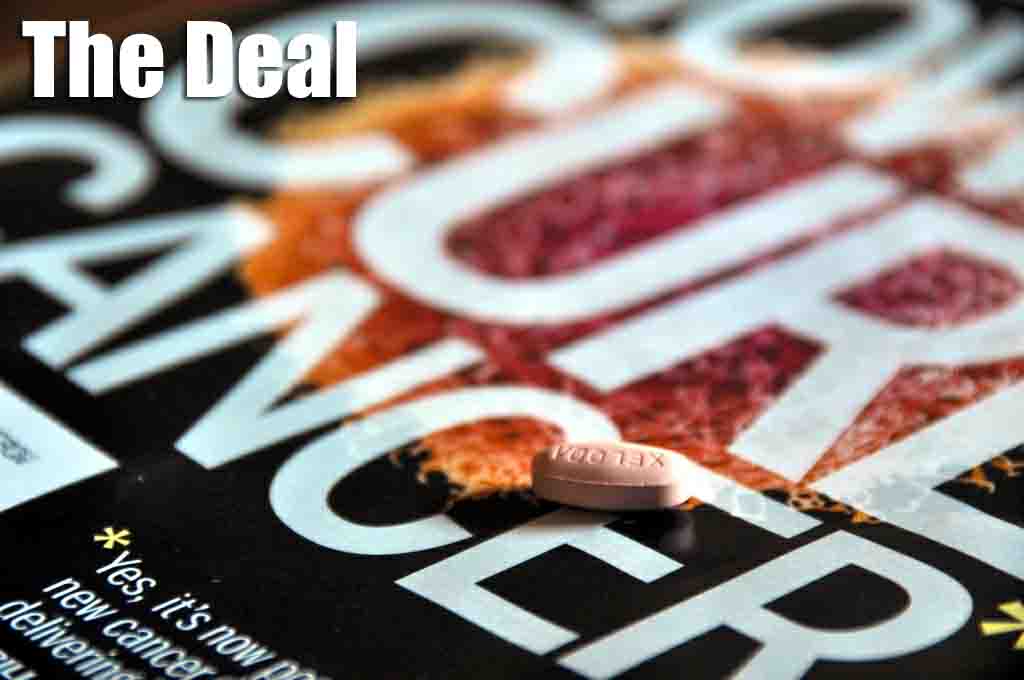

In a rare occurrence, a 68-year-old female was diagnosed with a 7.2 cm kidney stone that produced staghorn-patterned calculus (a branching kidney stone), due to which she had been suffering from recurrent flank pain for over a year. Upon diagnosis, it was revealed that the patient was also suffering from four other co-morbid conditions, such as Parkinson’s Disease, diabetes, hypertension, and cardiac conditions with the post-TAVI procedure, and was on blood thinners.
Currently, the only treatment available for such large stones is PCNL, where the kidney is punctured, and stones are removed through 2-3 holes. This might have led to severe bleeding and incomplete clearance. She was advised to undergo conservative management by several specialist doctors, who advised her to undergo multiple staged procedures if done via conventional methods.
Dr. T. Manohar, Chairman, SCUG: Silicon City Urology Group, Urologist- Endourologist, Laser & Laparoscopic Surgeon, Robotic Surgeon and Renal Transplant Surgeon, took up this challenging case at Apollo Sheshadri Puram and offered her the new technology (Moses 2.0) and technical expertise. Her condition was challenging as the stone was large, occupying 2/3rd of the kidney and upper ureter, and associated comorbidity made the invasive surgery next to impossible.
Dr. T. Manohar said, “Through the Moses technology, the stone was cleared, and the patient is doing well post-surgery. All lasers work on the principle of a certain wavelength with tissue penetration capability, just enough to target and cut the tissue with minimal or no bleeding. These lasers have the capability to fragment the stones when targeted. For this, one requires a target lesion and a medium for the laser to pass through while targeting.
Among the various lasers available, Holmium is the most commonly used worldwide, is very effective, and can be used widely to treat urological problems like kidney stones, BPH, and bladder tumors. They are available as low power and high-power (30 watt, 100 watt, and 120 watt) lasers. Recently, pulse modulated lasers like “Moses” (high power holmium) have revolutionized the way kidney stones are treated. This means that any size of the kidney stone can be dusted (which is not seen in most other lasers), and any co-morbidity can be completely removed with the least hospital stay.”
In general, dietary and lifestyle changes like drinking a lot of fluids—especially water, can help prevent kidney stones. Depending on the structure of the stone, different diet plans are recommended. Uric acid, calcium oxalate, and cystine stones can be avoided by alkalizing the urine with a diet high in fruits, vegetables, and citrate, either naturally occurring or taken as a supplement. On the other hand, urine must be acidified to prevent calcium phosphate and struvite stones; cranberry juice and foods high in betaine (wheat bran, wheat germ, spinach, etc.) can help regulate urine pH levels. Additionally, restricting the intake of sodium, foods high in animal protein, and foods that cause the formation of kidney stones, such as chocolate and some nuts, can be beneficial.


















